India's GDP growth to accelerate to 7.5% this year and 7.8% in 2016: World Bank
Updated: Oct 05, 2015 03:23:08pm
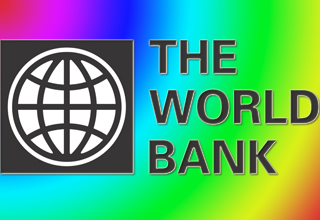
According to a World Bank report, delays in the adoption and implementation of key reforms could affect investor sentiment. A weak trade performance and financial sector vulnerabilities could also hold back GDP growth.
Twice-a-year South Asia Economic Focus, a report by World Bank, said, “Led by a resilient India, South Asia is expected to maintain its lead as the fastest-growing region in the world, with economic growth forecasted to accelerate from 7 percent in 2015 to 7.4 percent in 2016.”
This positive performance hinges on solid growth in services, domestic consumption, and a gradual rise of investments. Limited exposure to the financial turmoil and an improved external position has given most South Asian countries important policy space, the report added.
Given India’s weight in the region, its performance greatly influences the projections for South Asia as a whole. Improved investor sentiment and resilience to external shocks are expected to increase India’s growth rate to 7.5 percent in fiscal year (FY) 2015 and further to 7.8 percent in FY2016.
Thanks to low food and commodity prices, as well as a slowdown in the growth of administered prices, inflationary pressures have eased markedly in South Asia. Yet the pace of disinflation varies depending on the price index considered, the report said.
Revisions to national accounts, together with new comparable data on purchasing power around the world, also raise questions regarding the measurement of prices in the region. According to the report, South Asia could actually have cheaper prices, faster growth and bigger economies than previously thought.
“While the region is now in a position of strength, structural constraints holding back export and investment growth do persist. To keep the momentum and accelerate job creation, governments should enact reforms easing infrastructure bottlenecks and paving the way to greater competitiveness,” World Bank South Asia Chief Economist Martin Rama said. “Fiscal space remains limited while financial sector vulnerabilities persist.”
Rapid growth has not yet translated into significantly higher government revenue generation and improved fiscal balances. Budget deficits are expected to remain at 6.5 percent of Gross Domestic Product (GDP) in 2015, the highest among all developing regions. Tax collection remains well below estimates, and has even deteriorated across major South Asian economies.
“Mobilizing revenue is critical for the region to develop its infrastructure and deliver better social services, while creating a financial cushion to address potential shocks in the future,” said Annette Dixon, World Bank South Asia Vice President. “In some cases introducing and rolling out modern tax instruments holds the key to higher revenue, but containing exemptions and special regimes are crucial across most of the region.”
Many South Asian countries show potential for accelerated growth in the short to medium term. However, the transition in Afghanistan, the earthquakes in Nepal, and revisions to national accounts in Sri Lanka, has resulted in all three countries experiencing slower growth than previously expected. (KNN Bureau)
The full report can be viewed at:
http://fisme.org.in/document/India's-GDP-growth-to-accelerate.docx

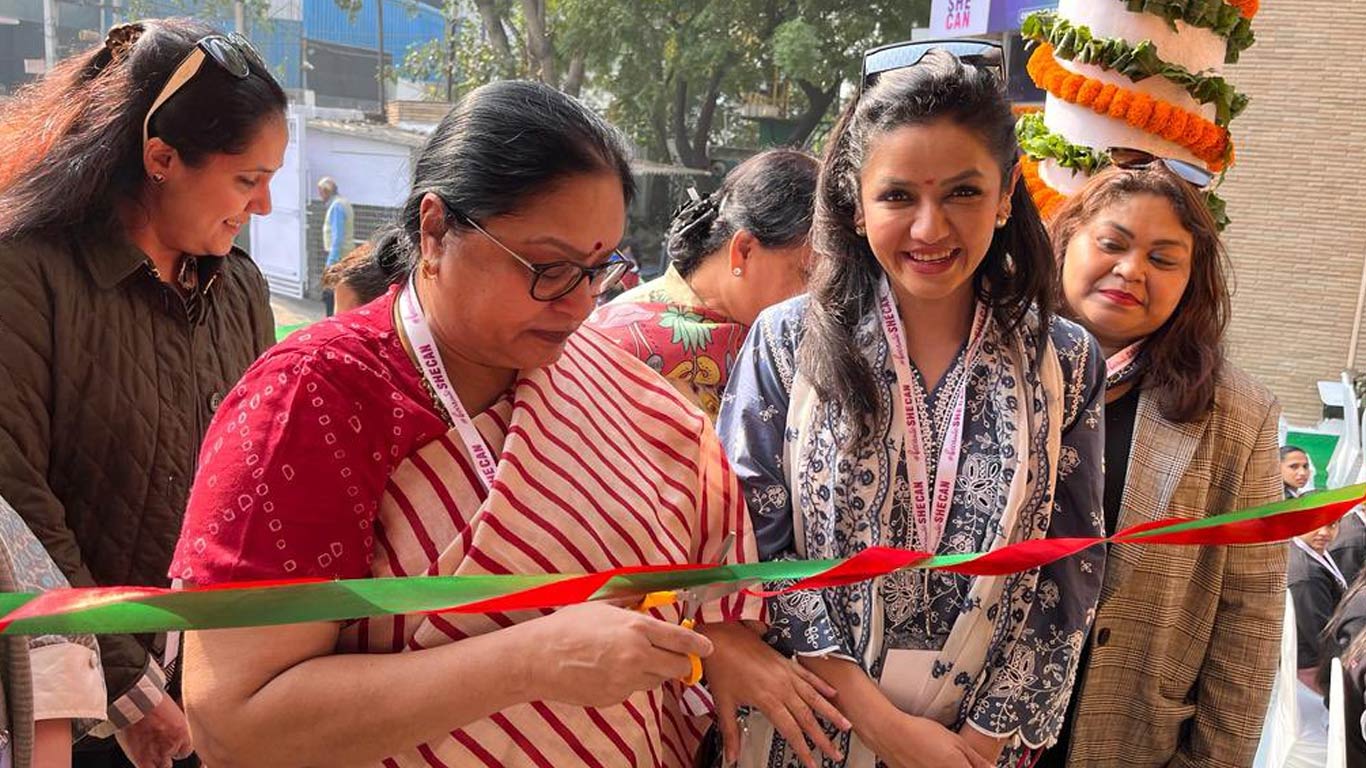
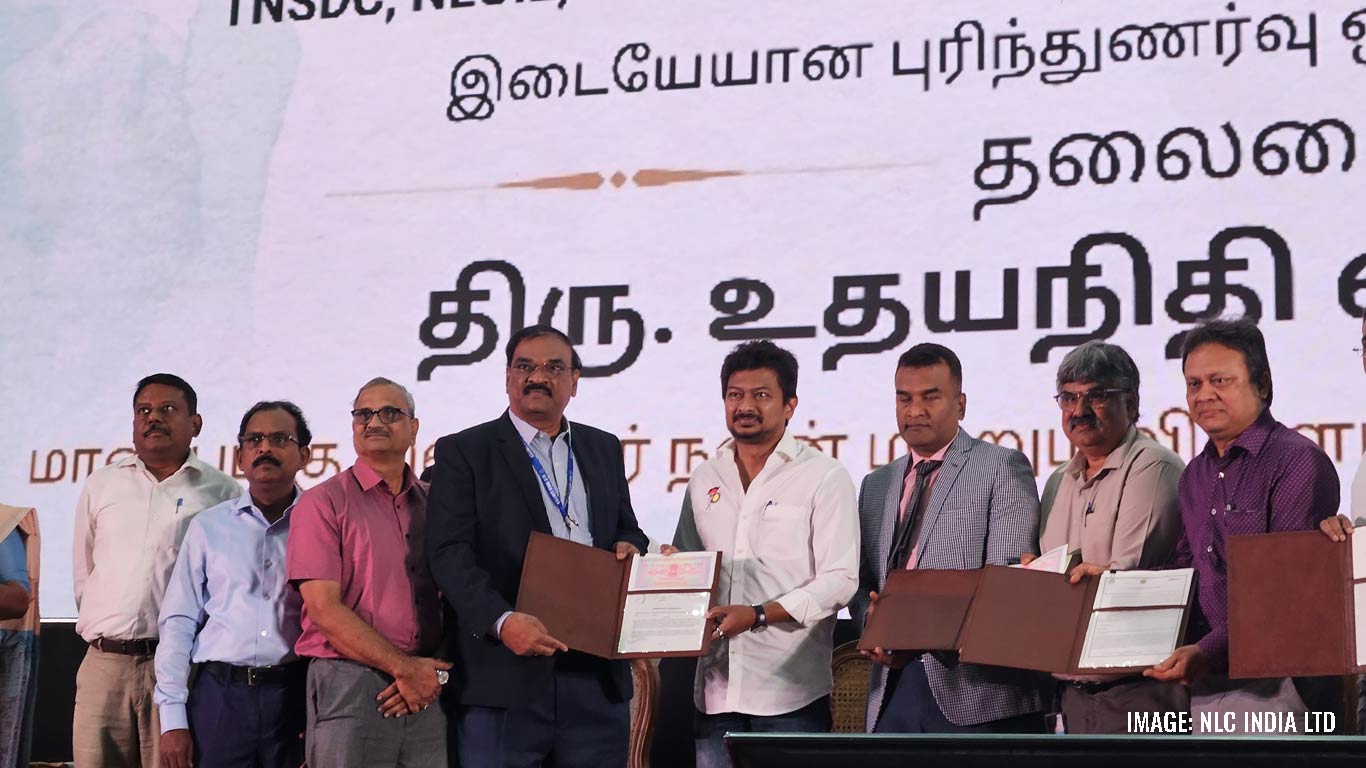

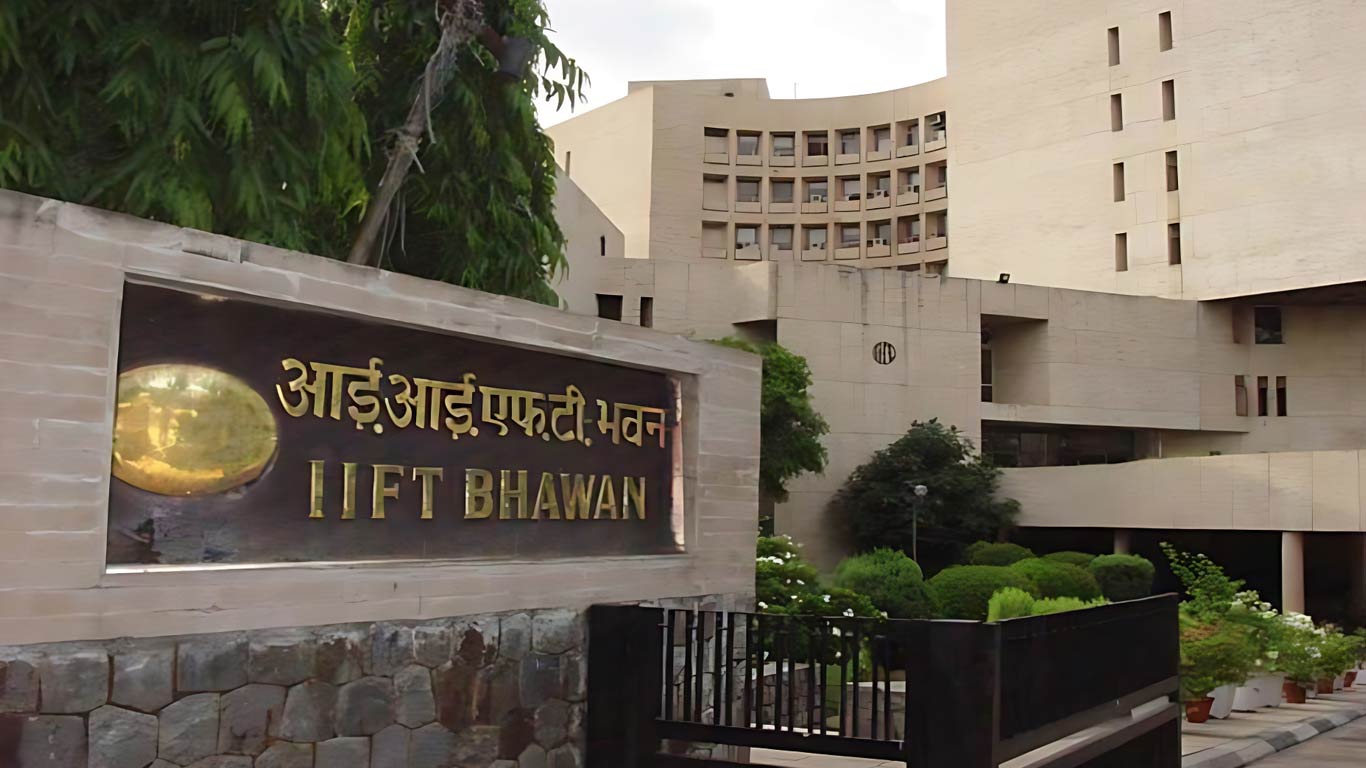
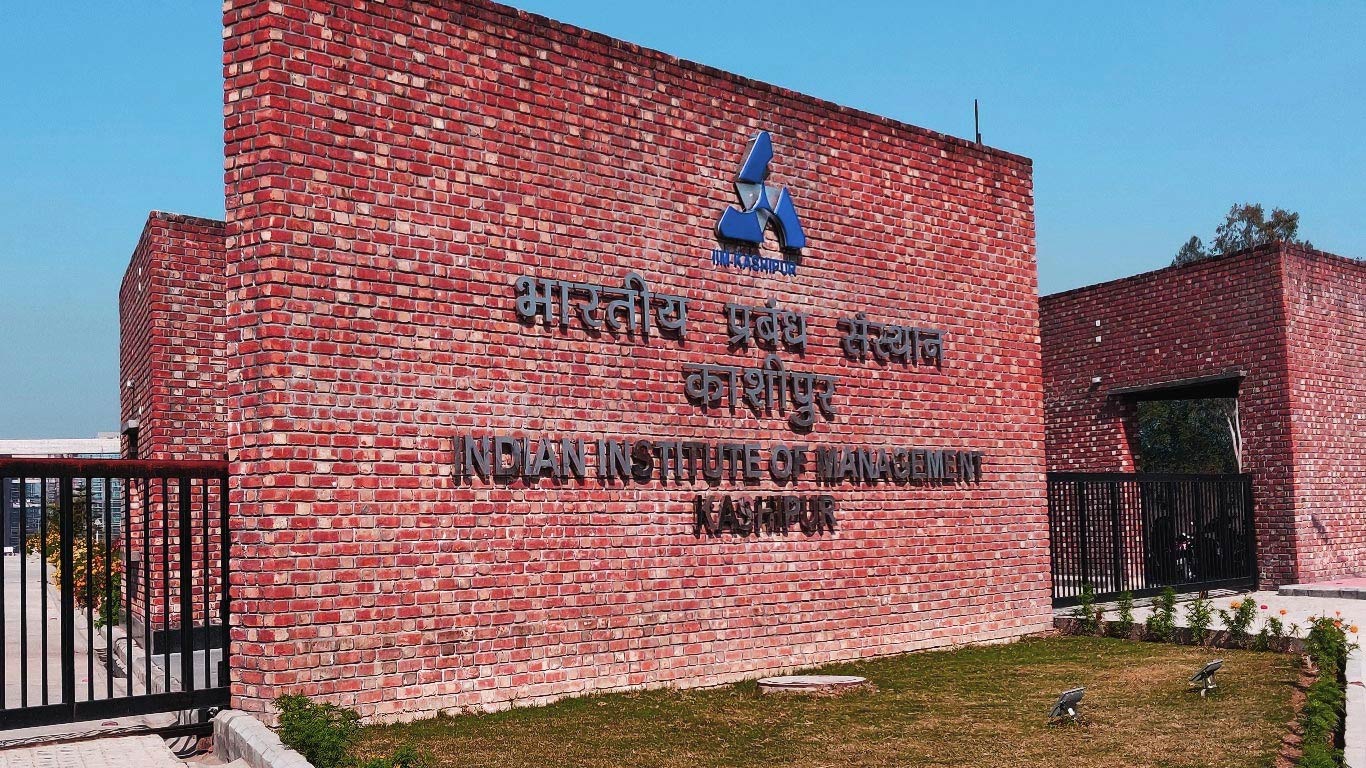





